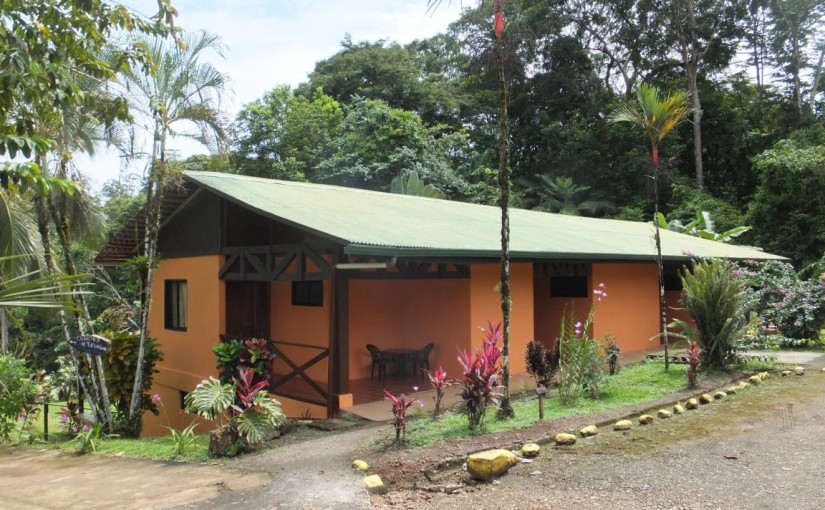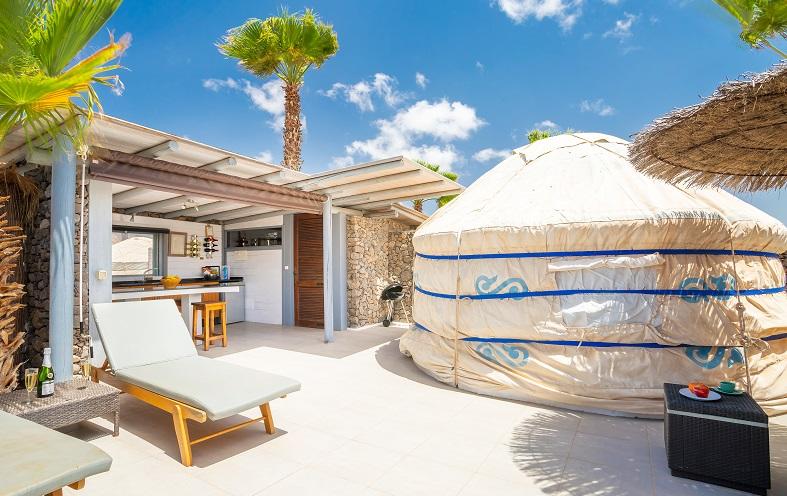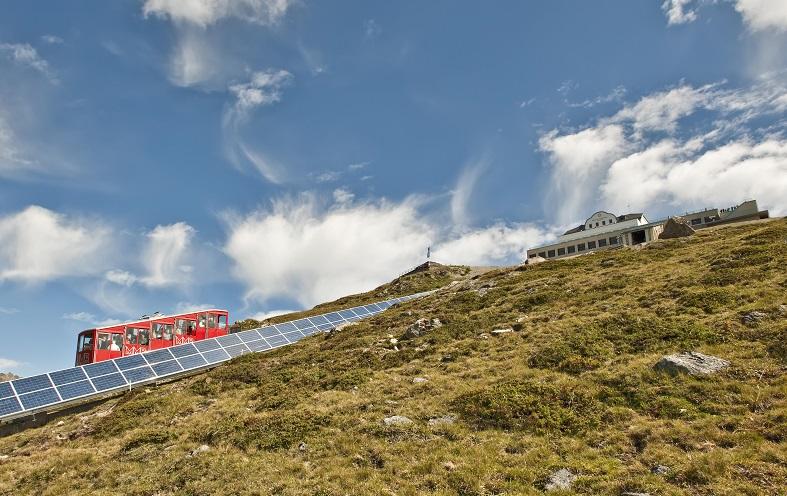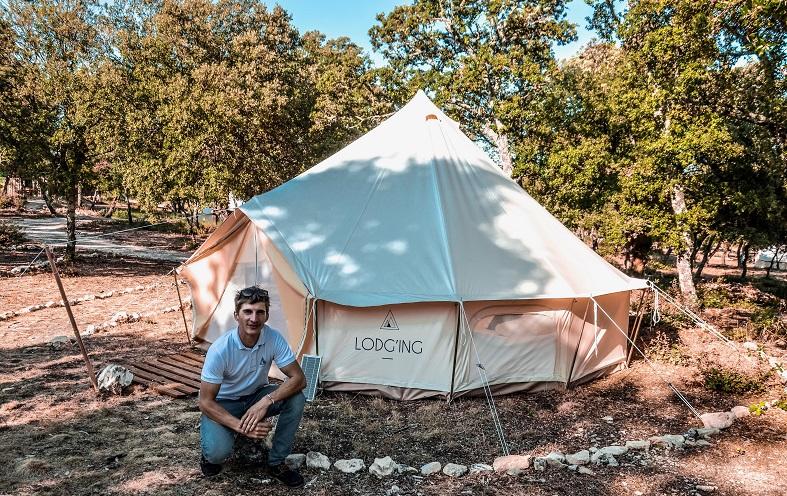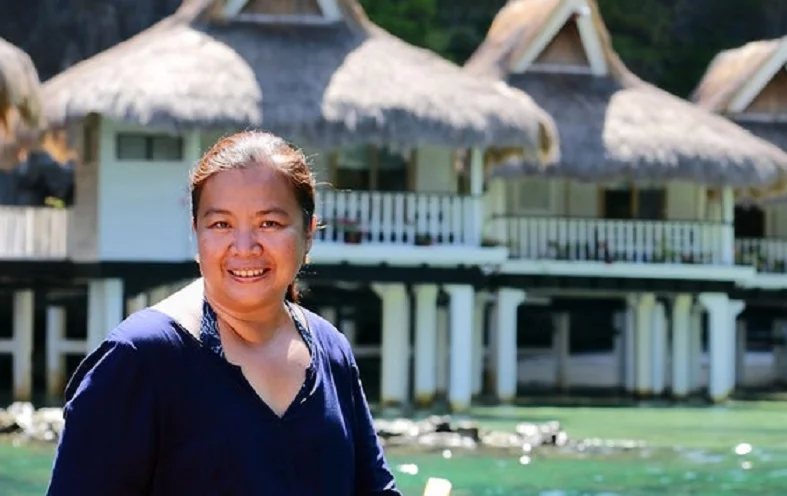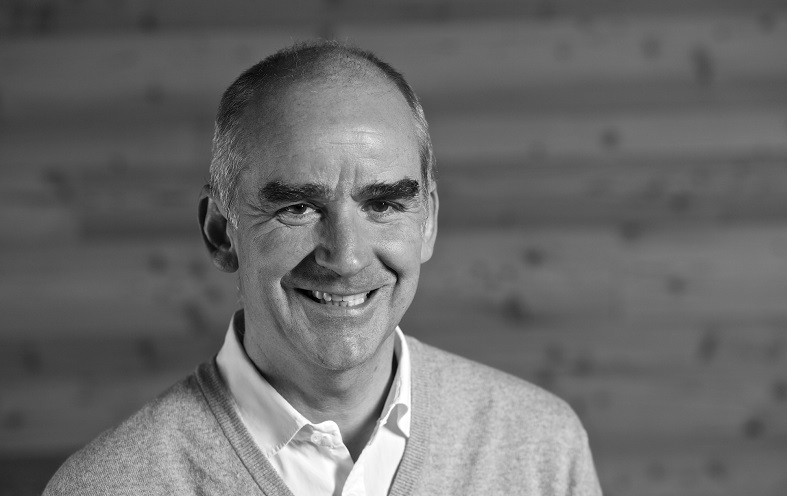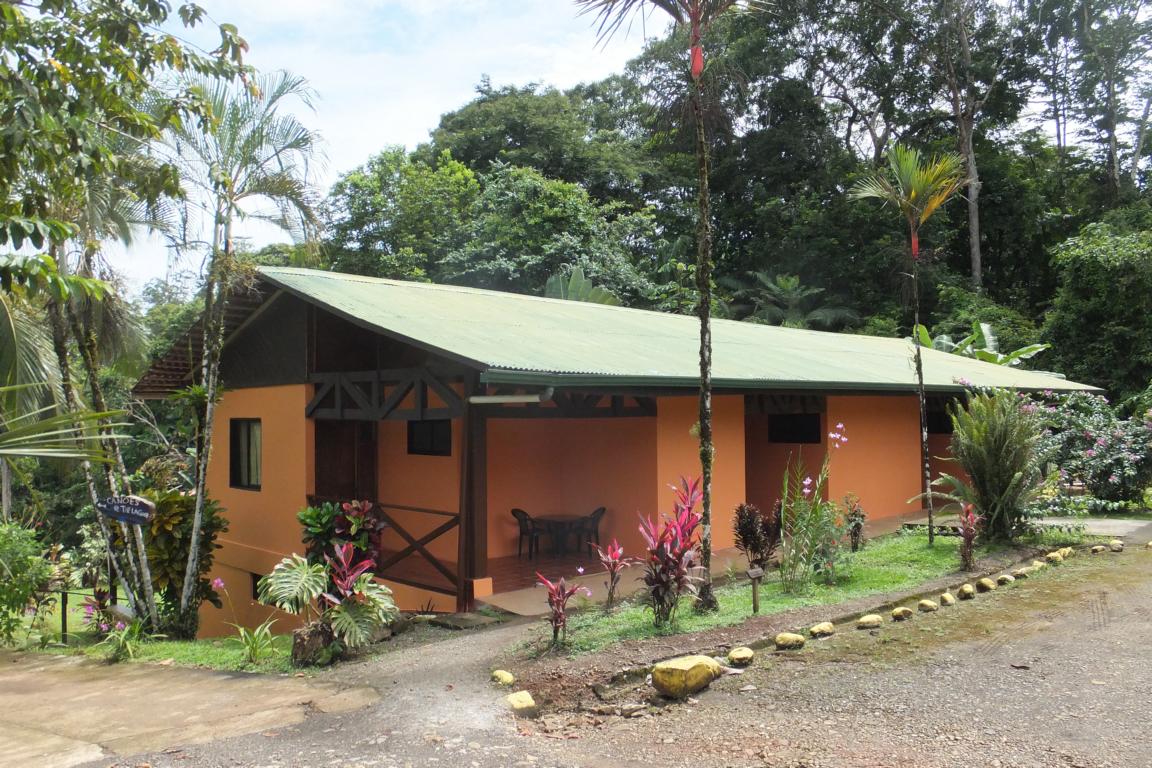
For today’s interview, we take you to Costa Rica, where Kurt Schmack of Laguna del Lagarto ecolodge tells us about his sustainability work. “Lagarto” means caiman in Spanish, and chances are you’ll meet that face-to-face when visiting, along with the famous red-eyed green tree frog and all the other wildlife: toucan, boa, green macaw, spider monkeys. – not to mention the almost 400 birds, making Laguna del Lagarto in Costa Rica a paradise for birdwatchers.
When acquiring this piece of wildland in 1974, Kurt’s dad first thought about converting it into fields for agriculture, as everybody did back then. But for many reasons, he changed his mind and instead kept the 100 hectares of primary rainforest, and even reforested 169 hectares of secondary growth forest. In 1981, he started a small lodge business, step-by-step implementing sustainable practices – not because it was the fashionable thing to do, but because the bungalow’s remote location required a certain level of self-sufficiency.
Today La Laguna del Lagarto is a 22 rooms ecolodge, well hidden in the very north of ecotourism paradise Costa Rica, just south of the border with Nicaragua.
Kurt, how do you approach sustainability at Laguna del Lagarto Ecolodge?
Sustainability is about humans living in harmony with the rest of nature. At Laguna del Lagarto we aim to be a leading ecolodge in Costa Rica, practising sustainable tourism and to demonstrate that a standing rain forest is more valuable than a deforested one.
What have been the main advantages of implementing sustainability initiatives?
We have taken advantage of new technologies to implement new solutions, which allowed us to reduce our operational costs. Our sustainability focus has also led to our members of staff become aware of environmental issues, who have brought this environmental awareness to their home and, more broadly, to their community.
Which are your main challenges linked to sustainability?
The most challenging part is recycling because the next recycling plant is far away, and transportation of garbage can be complicated (two hours away on a gravel road).
Another challenge is the new demand of clients who are asking for more comfort and luxury. Aligning these wishes with sustainability aspects can be difficult. For example, guests ask for air-conditioning (vs fans), menu a la carte meals (vs family style), excellent high-speed internet (vs satellite WiFi), more amenities in the room (vs only soap).
Some sustainable products are still much more expensive and sometimes difficult to find here in Costa Rica, compared to regular ones.
If the jungle lodge owner is not going to live on-site and manage the hotel’s daily operation, you’ll need to find a person who enjoys living in a remote and isolated place. Finding someone suitable can be the most difficult part of an ecolodge.
Sustainable certification programs are a very good idea in principle, but they have become too bureaucratic and complicated to fulfil. So in the end, they do not really show the sustainability effort of a lodge, but the capacity of the owner to answer the questions in the way that the certifying organisation expects it.
Do you have plans to expand your sustainable practices?
Eventually, we would like to install a solar panel system. But this is very expensive, and we’re waiting for a national program that can offer special finance. From what I hear, this will be implemented in Costa Rica most probably next year.
Your sustainability advice to hotel managers?
Ensure economic sustainability:
Find a good location which offers what the clients really expect to see, and begin simple and small, then slowly expand if it works well.
Hire the right people:
The place must have capable and willing people to work for the lodge in the different positions which are required. First, talk to the people, and ask them if they would be willing to work and improve their economic situation and way of life by working for the project.
Spread the word:
Build up a good marketing strategy to communicate about your project and all the good practices that you implemented. The work does not end by finishing the building part. You must work on attracting your future guests by developing relationships with travel agencies, channels, booking system, etc… And also have a solid treasury to finance the first three years at least as it does take time to reach the breakeven point.
Thank you, Kurt.
Learn more about sustainability at Laguna del Lagarto ecolodge here.
This interview was conducted by Florie Thielin, who visited Laguna del Lagarto ecolodge as part of her Hospitality Tour through Latin America.
Enjoyed our interview with Kurt Schmack of Laguna del Lagarto ecolodge in Costa Rica? Share and spread the word!

